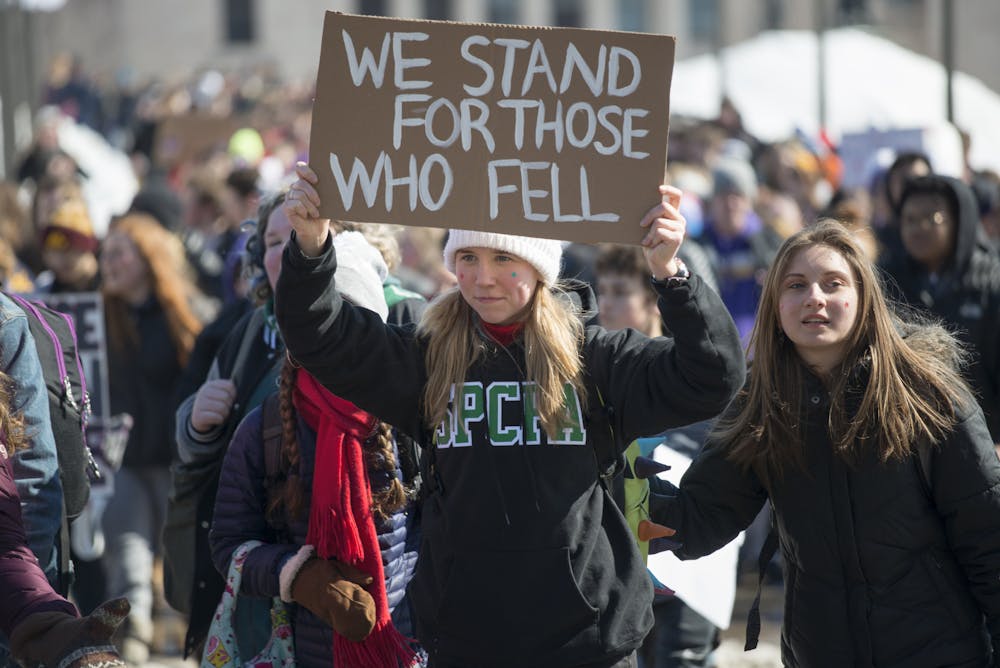By Ally Uhlendorf
Opinions Editor
Three students at the University of Virginia were killed in a campus shooting tragedy on Sunday, Nov. 13, A few hours later, four students at the University of Idaho were found dead in their off-campus home as victims of a homicide. To date, 2,727 victims have lost their lives in 523 mass killings since 2006, according to USA Today. An average of six students were killed annually in school shootings from 2010 through 2021.
Gun violence in schools and on college campuses is not a new issue. Mass shootings, specifically school shootings, are on the rise. According to CNN, there have been 68 school shootings this year. Since 2018, the amount of shootings in schools has doubled.
Ever since the Virginia Tech shooting in 2007, college campuses have increased security immensely. Campuses have worked closely with local police departments and first responders to ensure safety for all students. However, there are 20 states that permit guns on all college campuses. With the allowance of these weapons on campus, shootings are more likely to become an issue.
These recent campus devastations have once again raised concern and fear for other college campuses and communities.
“It feels like I hear about a new shooting every other week at this point,” said undeclared freshman Lara Newton. “I can’t help but fear what might happen next.”
Whether it’s on or off campus, students should always feel safe in their college area. The rise in violence in the past few months can make it harder to feel safe and not worry about the possibility of violence.
A fairly common pattern through each of the shootings that occur in schools or on university campuses relates to the idea of mental health issues; the perpetrator usually has some sort of background with mental health issues. Particularly post-pandemic, mental health concerns have also been on the rise in college students.
“Since the start of the COVID-19 pandemic, rates of anxiety and depression among college students have increased substantially,” according to Mayo Clinic Health System. “A recent study found that 1 in 3 college students experiences significant depression and anxiety.”
Although these mental health concerns do not excuse the violent acts in any sort, there may be warning signs that are often missed by the schools. Providing easily accessible mental health resources for students is only one of the multiple solutions to end gun violence in schools.
According to Sonali Rajan, Associate Professor of Health Education at Columbia University, in order to stop gun violence the nation needs “a multifaceted gun violence prevention strategy, which includes pro-social skills development, data-based behavioral threat assessment protocols along with increased federal and state funding for school counseling and psychological services, coupled with the implementation of specific gun laws.”
There is not one singular solution to ending the pandemic that is gun violence. Multiple factors go into ending the issue, and it is not one to be taken lightly. The scars left from these tragedies are not ones that will go away quickly, and students will continue to live in fear until a change is made.







